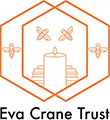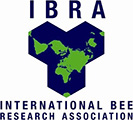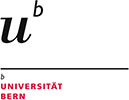Abstract
We verified the acaricide efficacy on Varroa destructor and the toxicity on honey bees of summer treatments carried out in three different apiaries in Central Italy with an evaporator filled with 290 ml of formic acid 60%. Acaricide efficacy was evaluated counting the number of mites killed by the application of formic acid in the evaporator according to the indications provided by the producer, while toxicity on honey bees of the treatment was evaluated adopting the Liebefeld method. The mean acaricide efficacy varied from a minimum of 57.0 ± 21.8% to a maximum of 72.7 ± 12.5% and resulted always statistically higher with respect to the natural mite fall observed in the untreated groups. Concerning the toxicity for the honey bees, we observed only a statistically significant reduction of sealed brood with respect to the untreated hives in one of the three apiaries. No other statistically significant effects on the hive population or queen mortality could be observed. Environmental temperatures recorded in the three apiaries during the formic acid administration were within the ranges suggested by the evaporator producer. Considering the efficacy and toxicity obtained with the liquid formic acid treatment, the adopted protocol could represent a new sustainable organic tool to control varroa infestation in temperate areas.
Pietropaoli, M., & Formato, G. (2017). Liquid formic acid 60% to control varroa mites (Varroa destructor) in honey bee colonies (Apis mellifera): protocol evaluation. Journal of Apicultural Research, 1-8.
OPEN ACCESS







